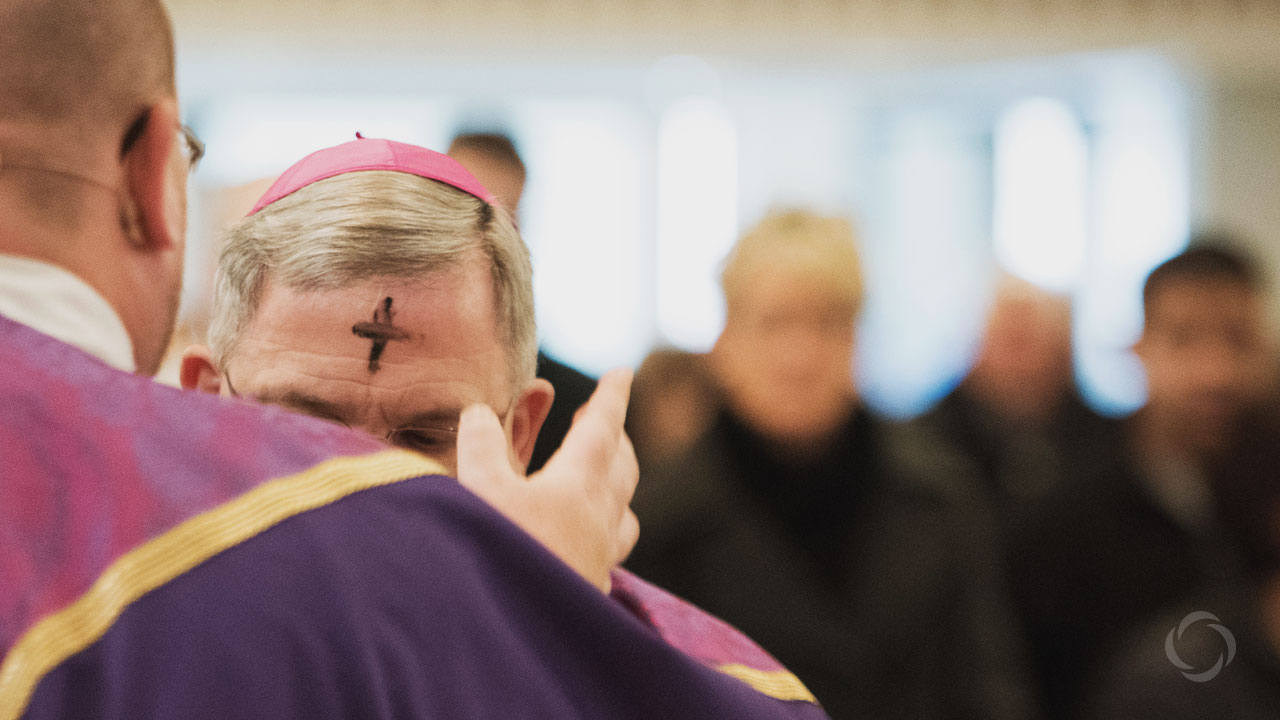“Excuse me, you’ve got some dirt on your head.”
Ash Wednesday is just around the corner and every year someone says that to me on Ash Wednesday. Maybe it has happened to you too. In the past it used to frustrate me, but in recent years I have come to see it as a great opportunity to evangelize, to share with someone about the most important person in my life: Jesus Christ.
So, what do you say when folks ask you about that smudge on your forehead?
Here are a few responses that I would not recommend:
The Ignorant Response
‘I have to church and get them. I have no idea what they mean.’
The Sarcastic Response
‘I’m protesting showers. Today, ashes; tomorrow I’m going to swim in raw sewage.’
The Ridiculous Response
‘I have a big zit that I’m trying to cover up. Is it working?’
The Practical (but Misguided) Response
‘Better dirty on the outside of my head than on the inside.’
And here are a few responses that I would recommend:
The Biblical Response
Over forty passages in the Bible associate ashes with mourning and grief. In Old Testament times people used ashes as a sign of repentance. They would sit in ashes, roll around in them, sprinkle them upon their heads, or even mingle them with their food and drink. They did this as an outward sign of their inward posture of repentance. Check out Daniel 9:3-6, for an example.
Ash Wednesday begins Lent, a time when we stop and assess how we’re doing in our walk with God. Lent helps us identify spiritual areas in which we can grow and sinful areas that we need to avoid. To repent, put simply, means to turn away from sin and turn toward God. We use ashes as an outward expression of our need to begin again.
A Traditional Response
Ashes are a sign of physical death, as in ‘ashes to ashes, dust to dust.’ We began as dust (a joyless and lifeless existence), and our bodies will return to dust until we are raised up by Christ. By receiving ashes and keeping them on, we publicly proclaim our intent to die to our worldly desires and live even more in Christ’s image, which we focus on during the season of ‘rebirth’ that is Lent (a Latin term for ‘Spring’).
The Historical Response
For over twelve hundred years on the dies cinerum (day of ashes) faithful followers have approached the altar and received ashes upon their foreheads. These ashes are made from the burnt palm fronds that were blessed on the Palm Sunday of the previous year. The ashes are sprinkled with holy water, usually fragranced with incense and blessed using four prayers that are thousands of years old.
The use of ashes for repentance and penance can be traced even further back and is practiced throughout the world. On Ash Wednesday ashes are applied to believers’ foreheads in the shape of the cross.
The Symbolic Response
God formed Adam out of the ‘dust’ of the earth, which we read about in Genesis 2:7. In addition, Jesus healed the blind man with clay (earth and spit) in John 9:6. We mark ourselves with ashes as a ‘new beginning’ at the onset of Lent, allowing the life of Jesus Christ to make us whole and new again.
The Most Basic Response
I’m a sinner. I don’t always love God as strongly as I could or as directly as I should. Ash Wednesday reminds me that it is only through God that I have life; He gave it to me.
Ash Wednesday also begins my preparation for Holy Week and the Passion and Resurrection of my Lord, Jesus, without Whom I have no life here and no chance at eternal life in Heaven. This is just a great opportunity for me to get better. Thanks for asking.
God forgives. He loves. And He gives this sinner a second chance. Put simply: my God kicks ash.
